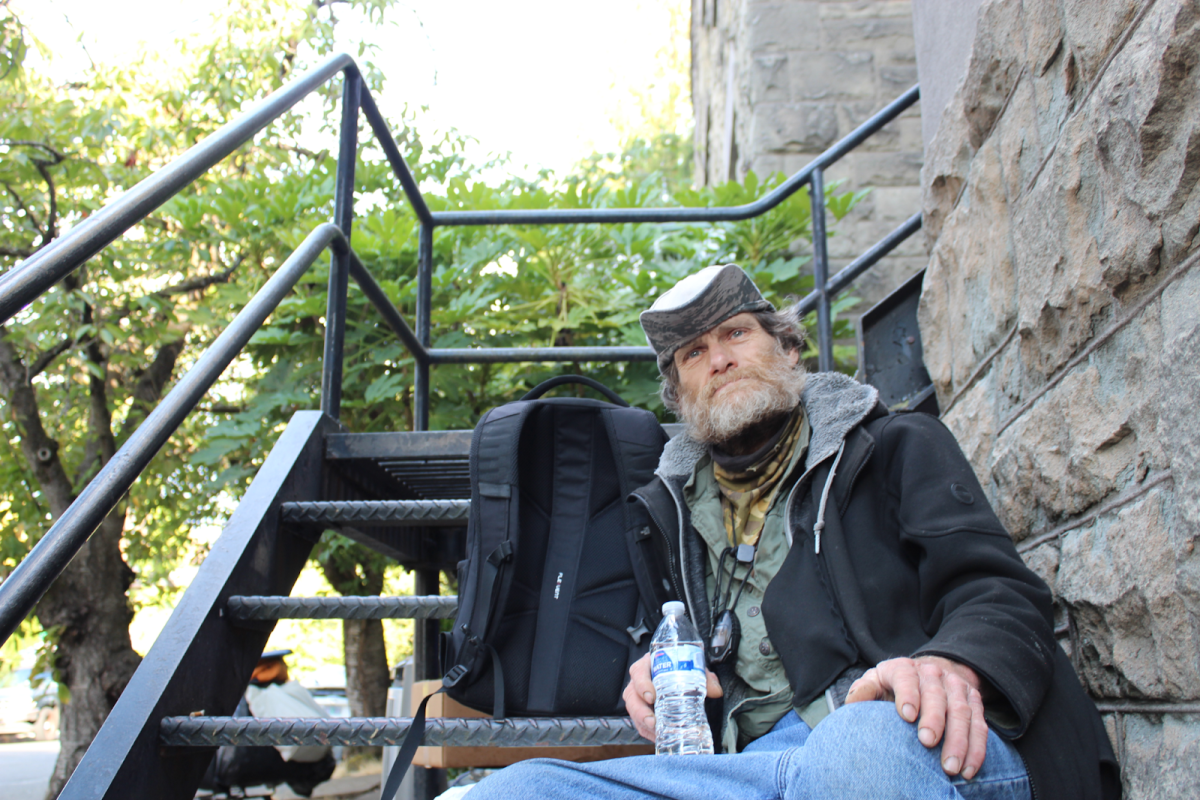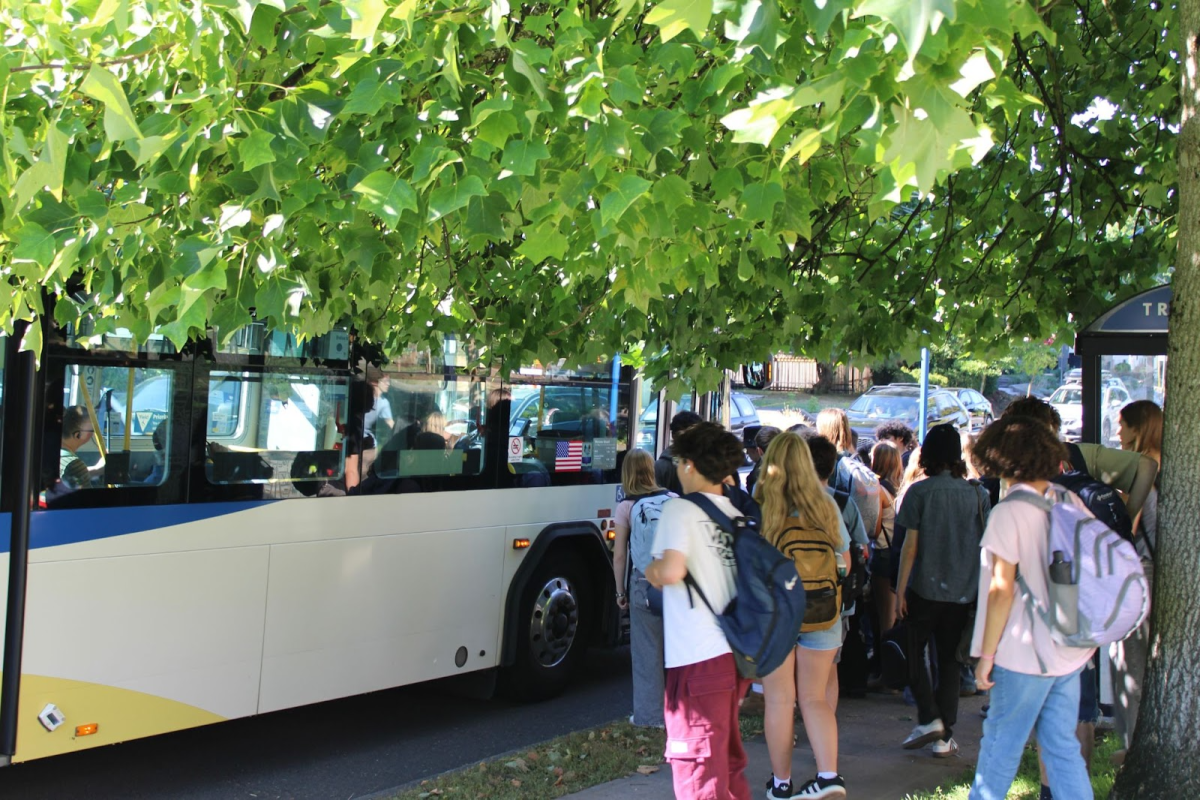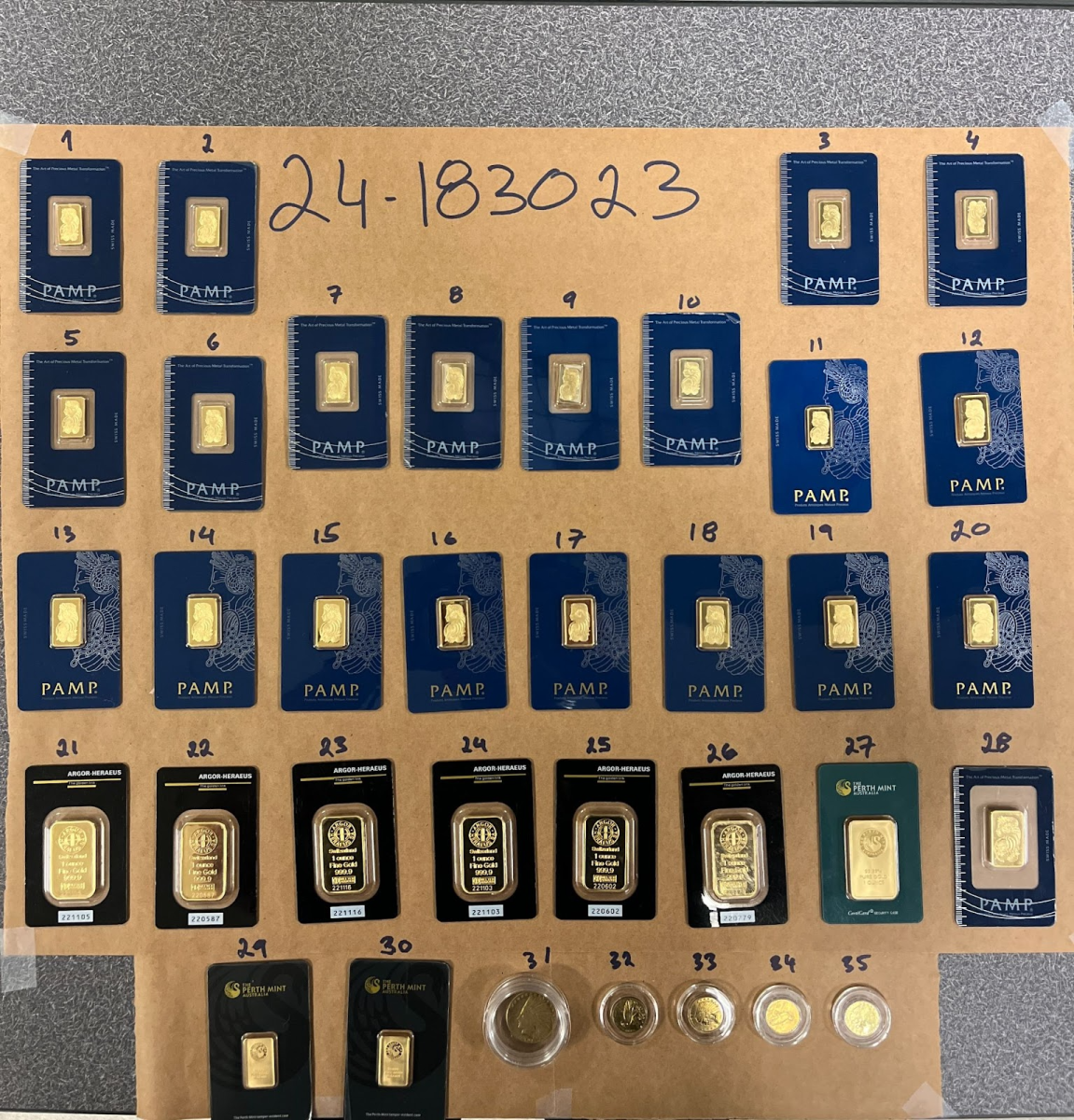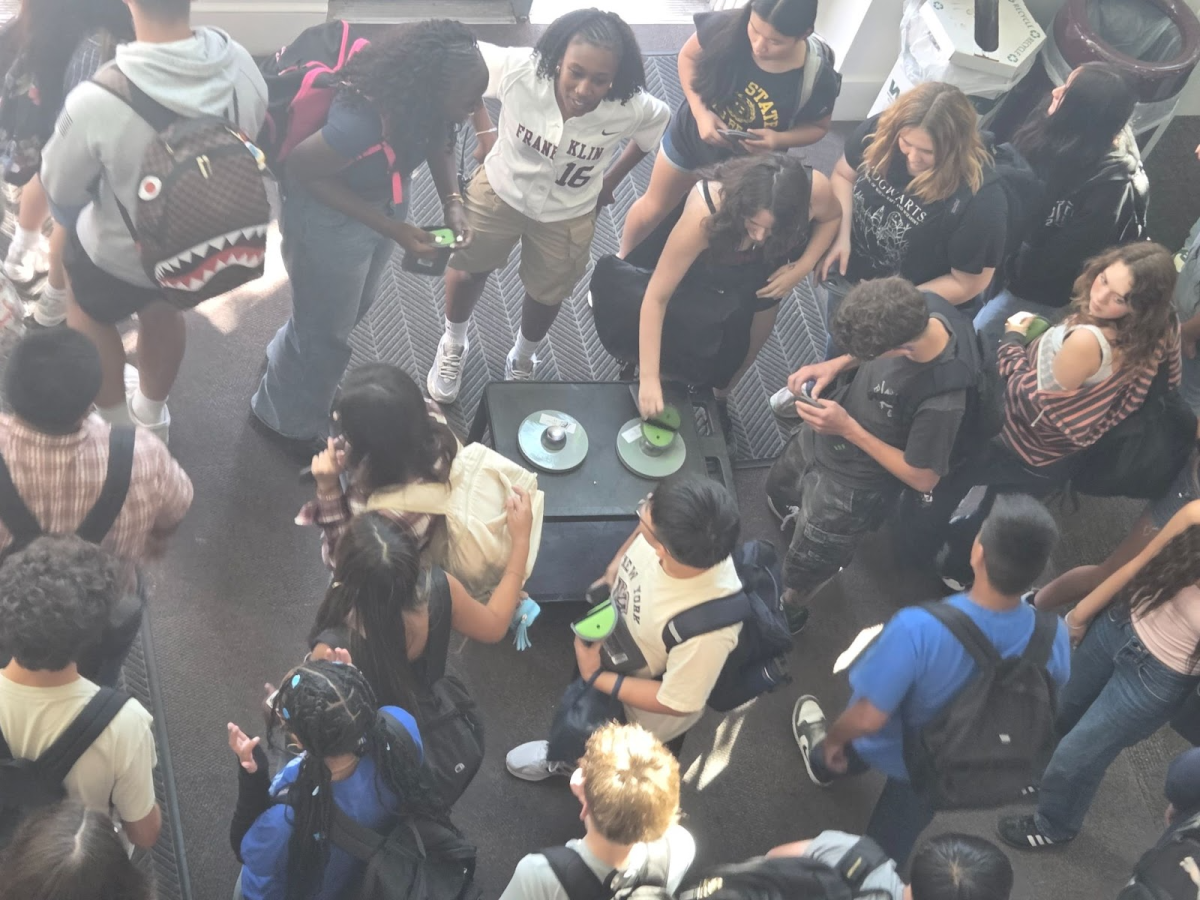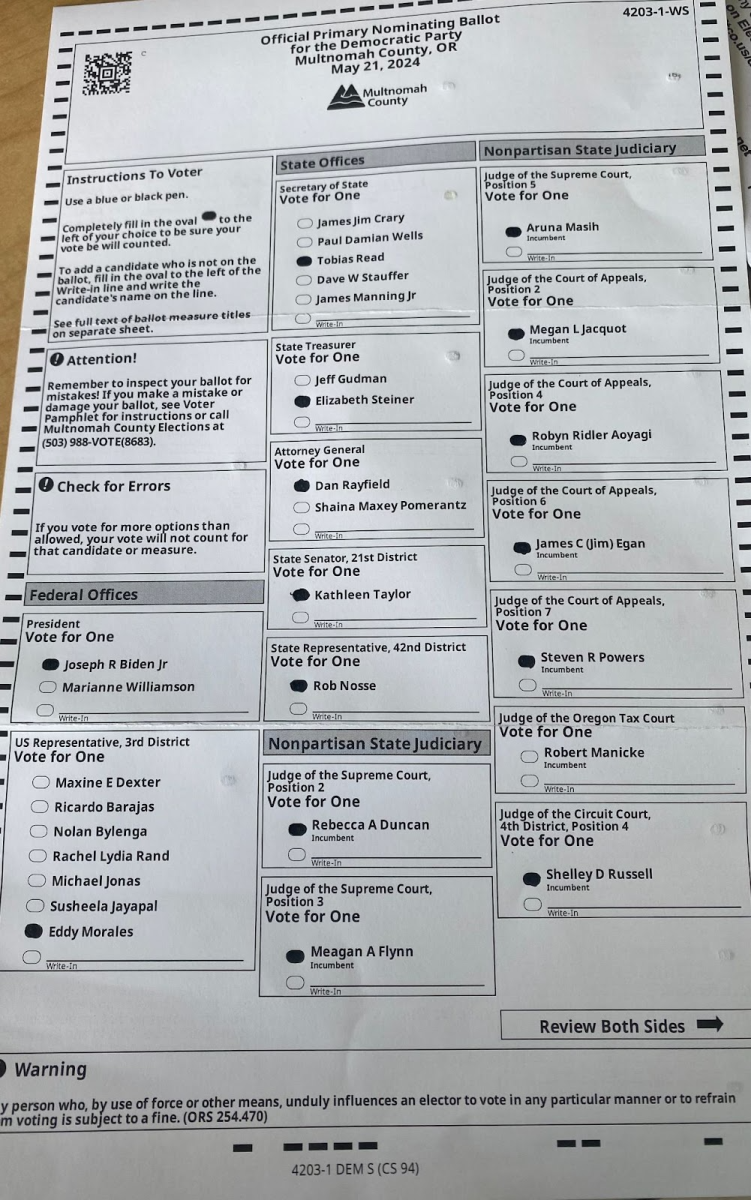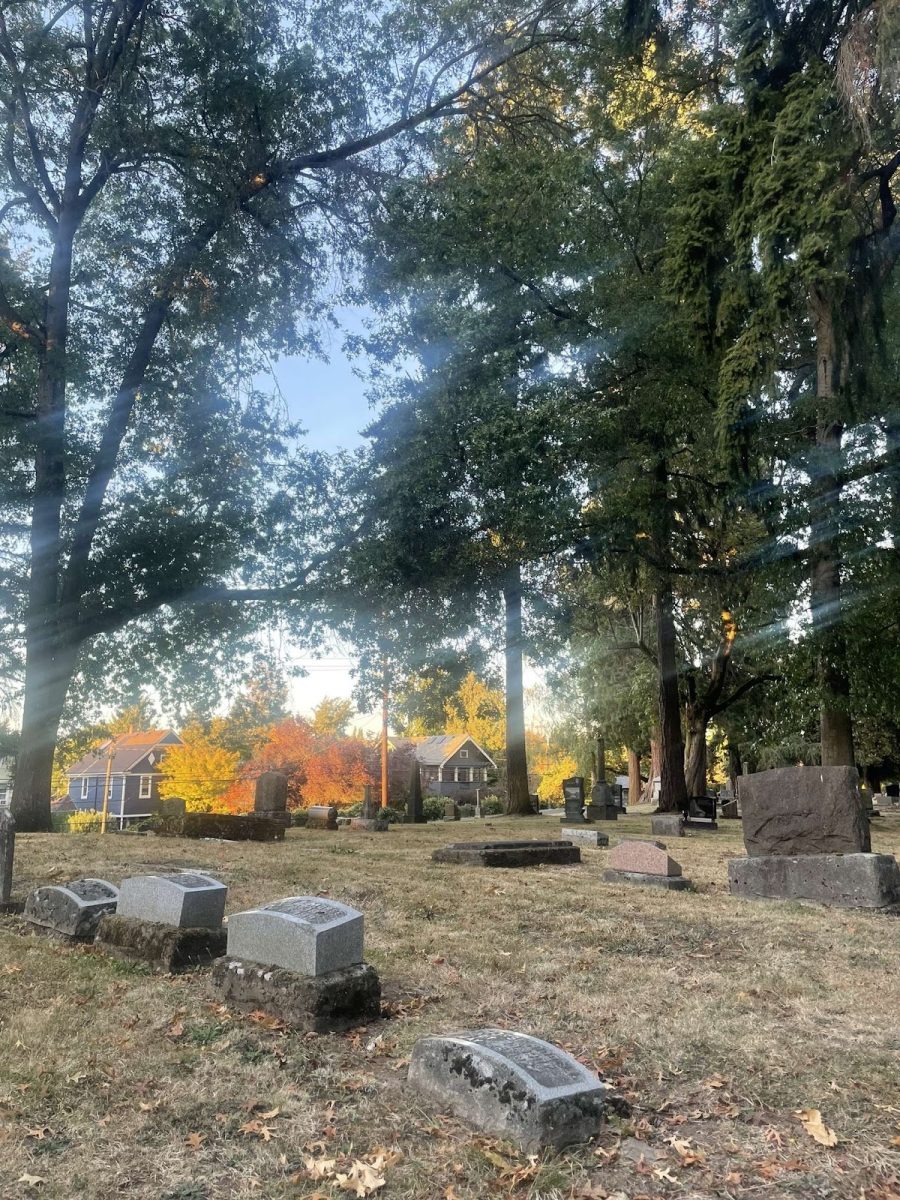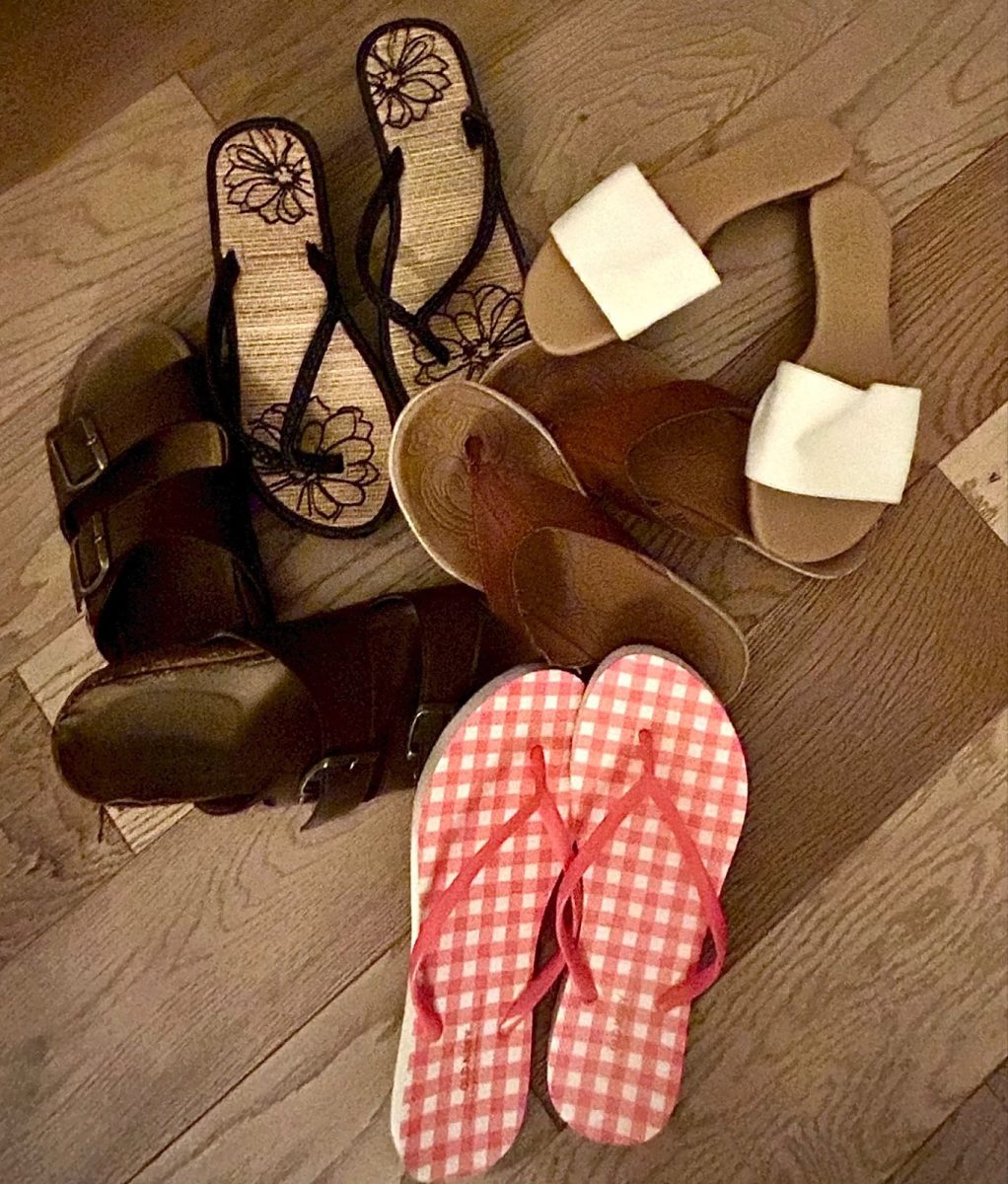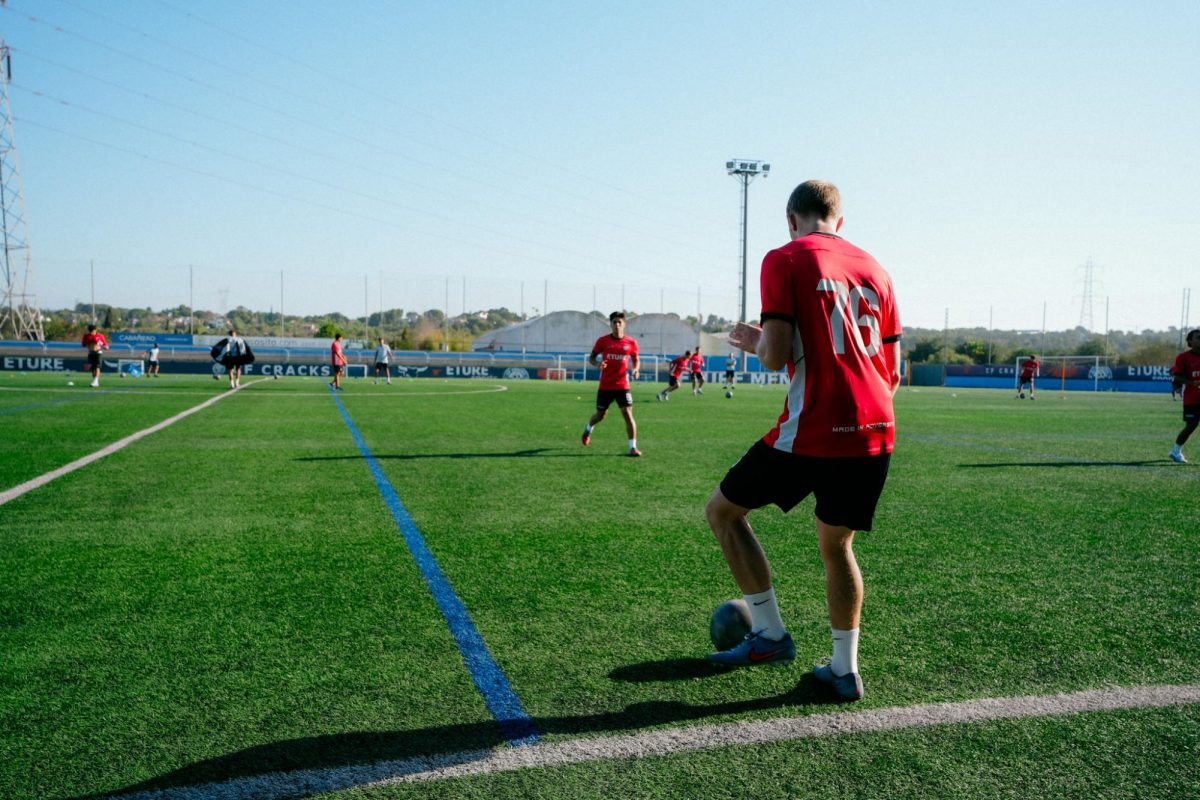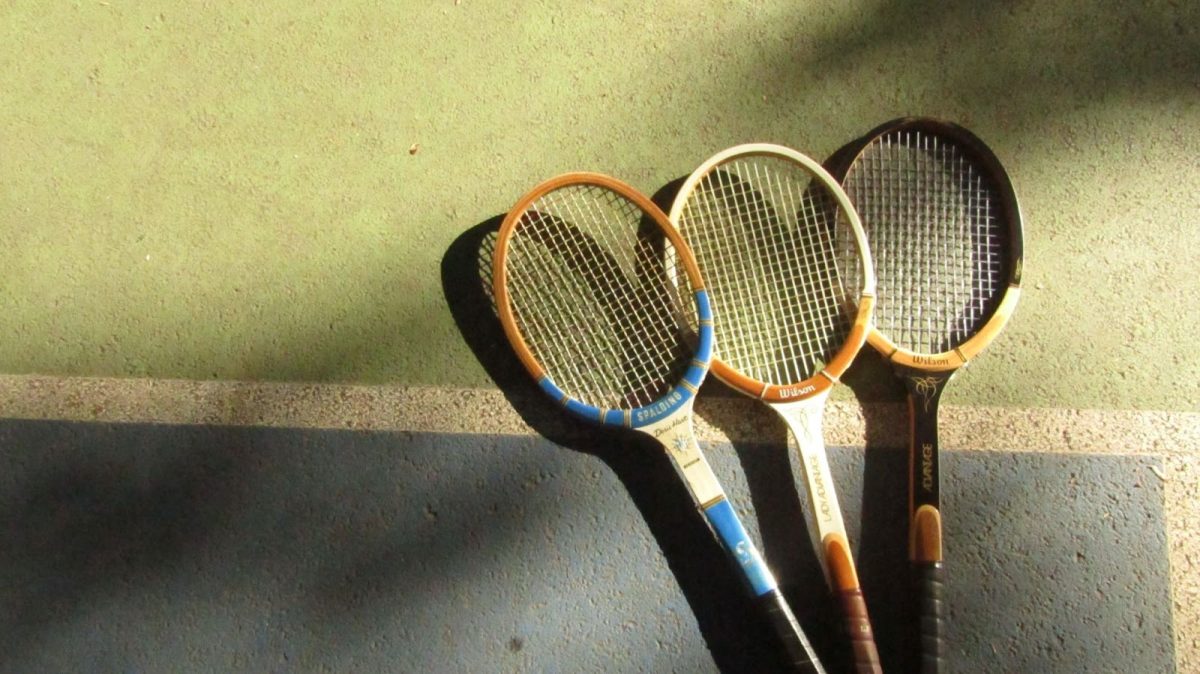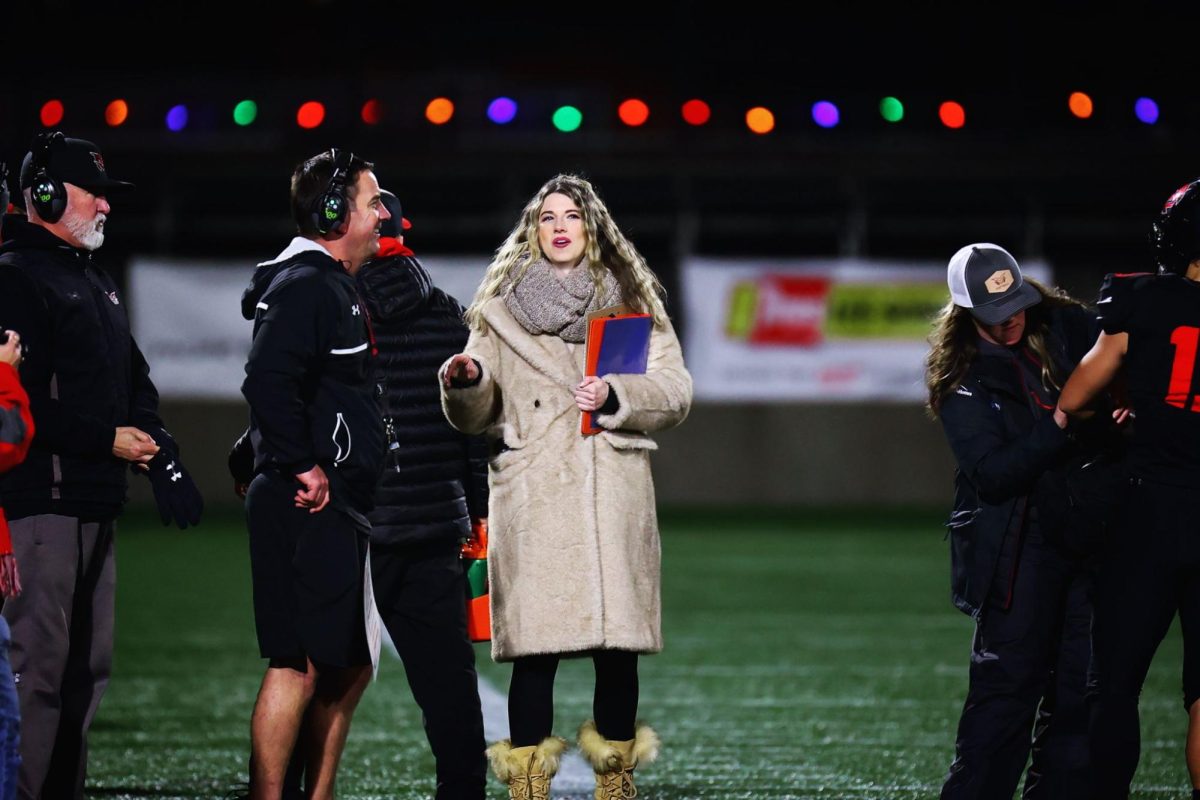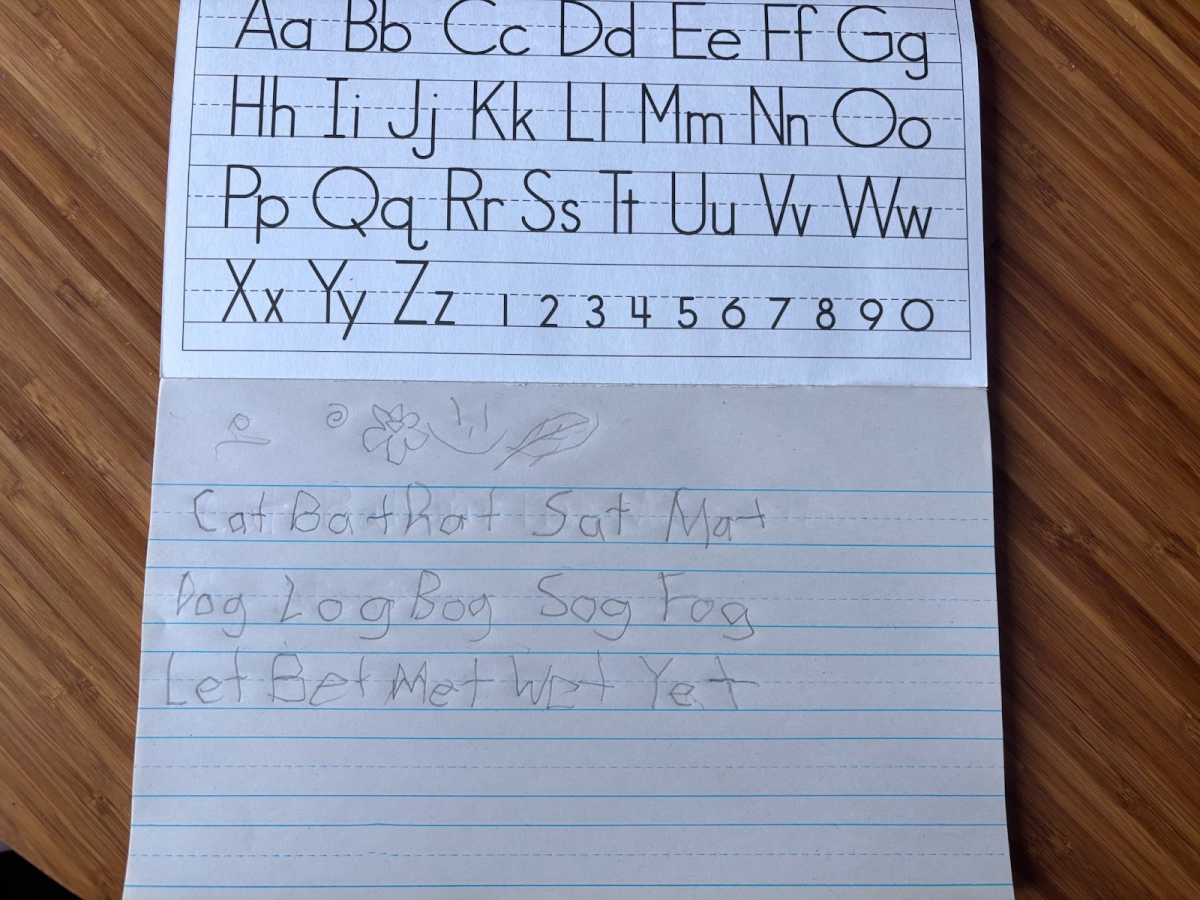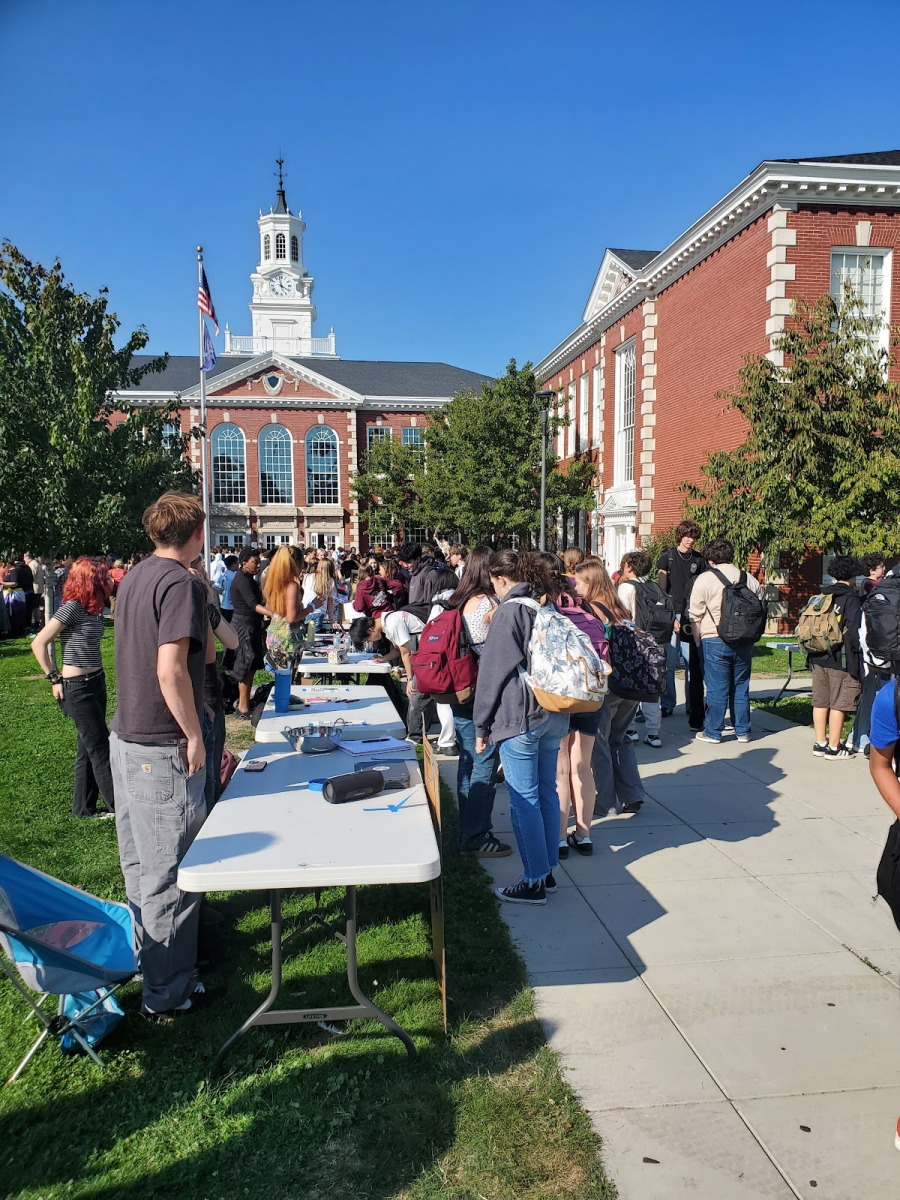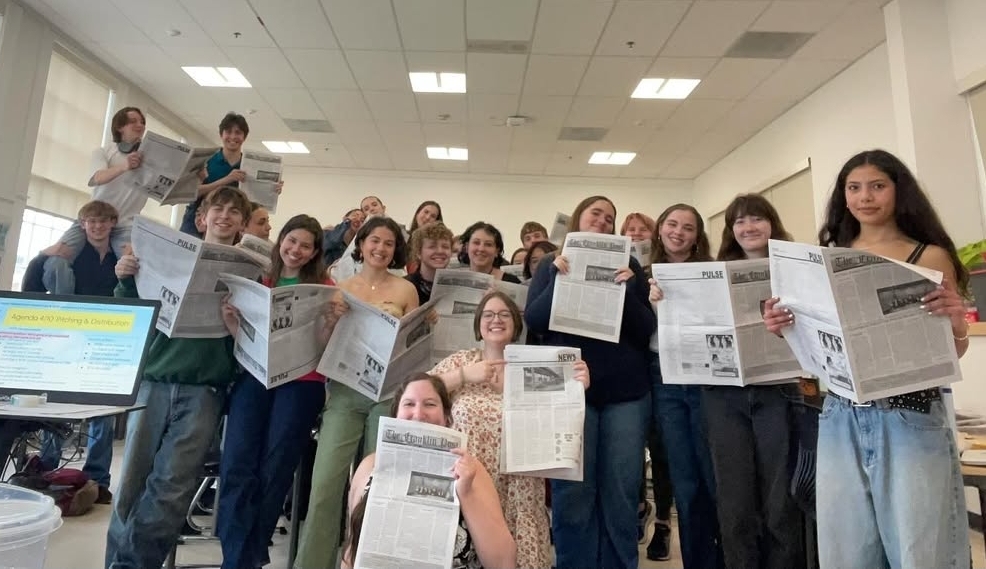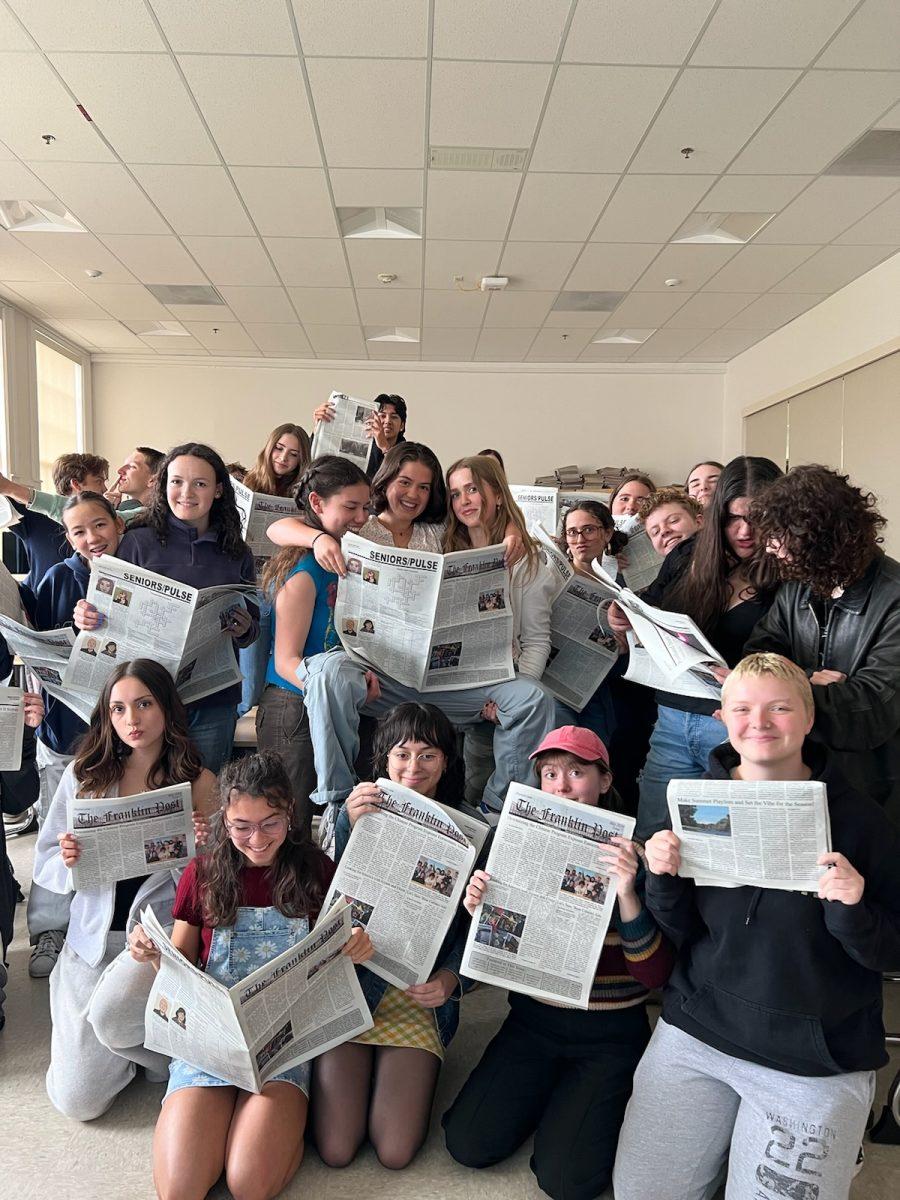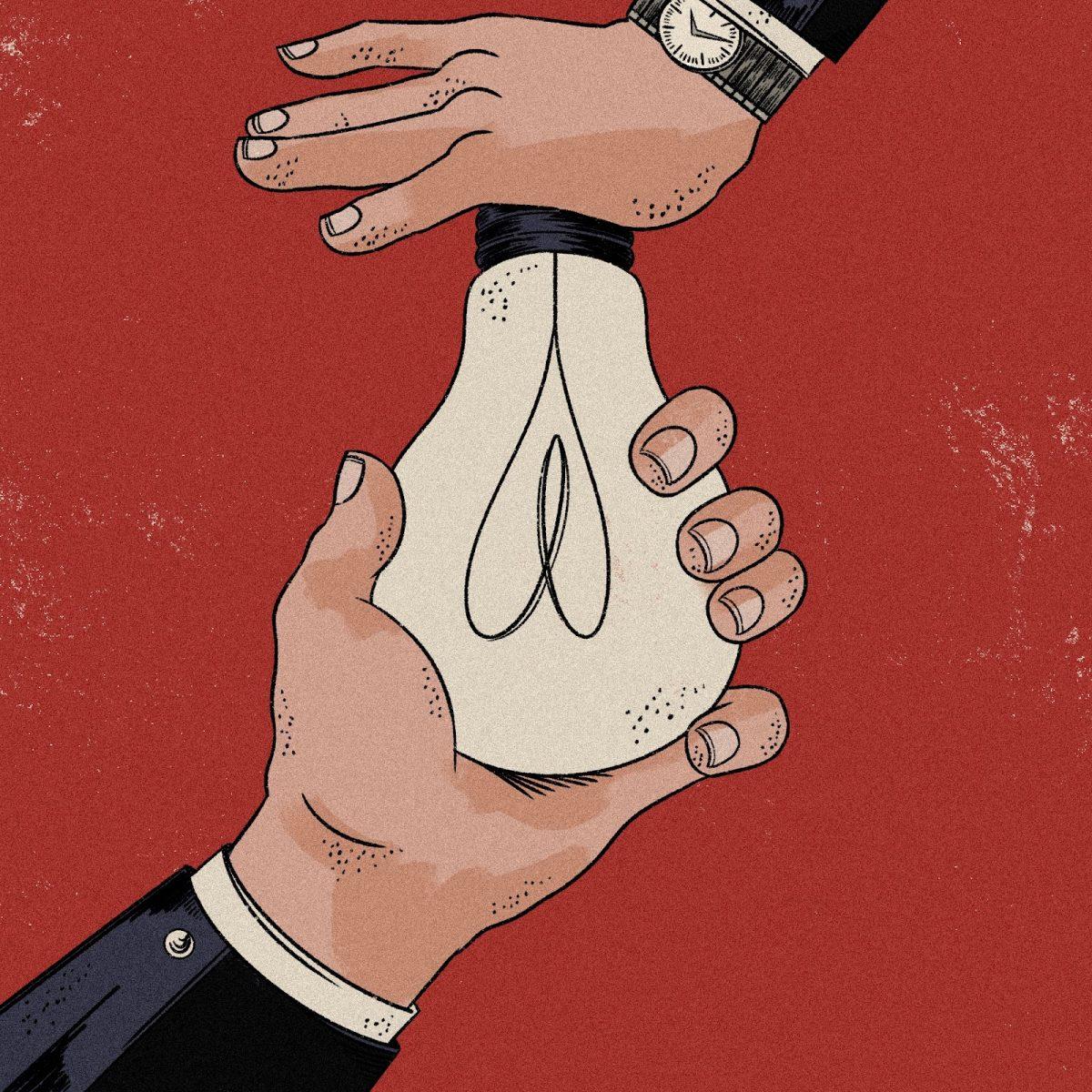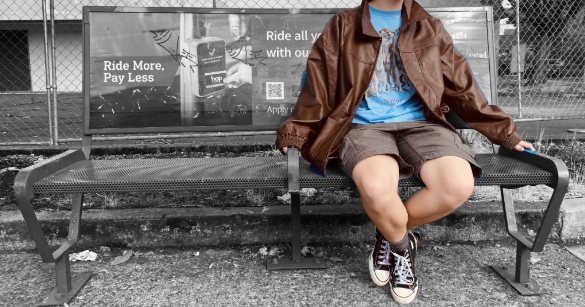
The U.S. Congress passed Title IX as part of the Education Amendments Act in 1972, prohibiting discrimination based on sex in “any education program or activity receiving Federal financial assistance.” The law was a landmark for gender equality in many arenas of the public education system, but the athletics world was particularly taken by storm. Under Title IX, all public high schools were required to have sports teams for both sexes, and for the teams to be treated equally. Title IX drew heavy inspiration from Title VI of the Civil Rights Act of 1964, which prohibited discrimination on the basis of race, color, or national origin in federally funded programs. Under these standards, discrimination in athletics on the basis of race or sex was a violation of the law.
However, discrimination in athletics persists, regardless of legal ramifications. Even systems technically operating within the law, such as schools, can perpetuate social inequities. Existing systems of inequity are deeply rooted in our society, and Portland Public Schools (PPS) and Franklin High School are not immune. Neither school nor district policies necessarily encourage this perpetuation of inequity, but the leniency within them—allowing for individual discretion in decisions that impact large groups of students—leaves room for discrepancies to persist. Through highly protected and deeply rooted systems, the continued practice of sexism and racism in athletics, intentional or not, has persisted.
To understand how these systems of oppression endure, it is necessary to understand a specific coach’s need for their team or players, and a school’s athletic director’s response to that need. A PPS athletic director manages distribution of field time, team transportation methods, and field permits, and because the coordination of this is highly challenging and time consuming, it leaves them with less time to intentionally confront bias and inequities as they arise. One of the most prominent inequities in Franklin Athletics is priority access for field and practice time. At the beginning of each summer, Franklin Athletics Director Scott Santangelo—known to many as Tango—and every fall sports coach meet to discuss field practice time. “The coaches come with their priorities,” says Santangelo, and a season practice schedule is created. The process is based on need as well as coach-to-coach practice space compromises. Fall sports include men’s and women’s soccer, cross country, football, cheerleading, and volleyball. Four fields—the baseball diamond on Division St., the turf, lower Clinton, and upper Clinton—make up the practice spaces for football and soccer. In the 2018 fall season, Franklin football had three teams, women’s soccer had three, and the men’s soccer program had four. Already, the high volume of teams made it challenging for each to have an ideal practice time and space. During the 2018 season, men and women’s varsity soccer alternated 5-7 pm and 7-9 pm for practice time weekdays on the turf. JV women’s soccer players often felt that men’s JVII—a less competitive team—were granted better practice spaces. One JV women’s soccer player described consistent practices on upper Clinton—a smaller, less-maintained field—when men’s JVII was able to practice on lower Clinton—a larger, flatter field—during the same times. Santangelo emphasizes the difficulty of balancing the schedule among all the fall teams, explaining that Franklin sports teams only have access to both upper and lower Clinton until 6 pm and must find a way to allow two JV and three JVII teams field space.
I: Cheerleading Practice Space, Cost, and Coaching Conflicts

Cheerleading, however, has not been able to obtain a consistent practice space or time for the last two years. Over the 2018 summer, practices were held from 6-9 p.m., switching in September to 4-5:30 p.m. on Tuesdays through Thursdays. Cheer practices took place in the auxiliary gym, but were moved to the theater foyer, dance room, and occasionally the main hallway during volleyball games. Cheer players expressed both frustration and confusion with the lack of support they received in regards to recognition and practice spaces. Former cheerleader Annie Keppler (10) felt that cheer “wasn’t taken seriously by anyone but [the] coach,” and that it “wasn’t treated as it should have been.”
Keppler was also concerned at the exorbitant cost of participating in cheer. Annual funding for each athletic team comes from four different sources: the $10,000 lump sum given to each high school’s Athletics Director by the district to distribute throughout the year, $15,000 from Nike that puts each sports team on a three year rotation for new jerseys, independent fundraising done by individual teams, and, as of the 2018-19 school year, any additional funding from Booster Club. Although cheer is included in the Nike budget rotation for shoes, shorts, and tank-tops, uniforms are not included within a corporate or school-funded budget. Cheer uniforms are custom made for each athlete, allowing cheerleaders to take their jersey home with them at the end of the season. This practice is unique to cheer, but also requires each athlete to pay for their own jersey. This presents a challenge to cheerleaders who may not be able to afford the cost of a uniform, as scholarship opportunities are sparse. Student athletes on free and reduced lunch are able to have their pay-to-play fee—the $200 required to participate in PPS athletics—reduced to $35, but because uniform costs come from outside the district, these students don’t receive the same benefits on cheer. Former cheerleader David Huong (12) paid $300 last year for his uniform, which included a custom t-shirt printed with the “FHS” logo, sweatpants, and shoes. This year, Huong paid around an additional $70 to receive a warm up jacket.
Female cheerleaders face a different set of costs, paying over $400 for a custom shirt, skirt, and shoes. This does not include the additional fee, around $200, for a warm up jacket, sweatpants, a t-shirt, and shorts. Doing cheer as a woman at Franklin will cost each individual around $600 for the clothing alone in her first season, and $800 including the full pay-to-play fee. Playing cheer as a man at Franklin costs around $370 per individual, and $570 including the full pay-to-play fee. This means that cheerleading—a sport dominated by women—is more financially accessible to men at Franklin. Keppler also felt that the greatest issue with the high cost was that cheerleaders paid the $35 or $200 pay-to-play fee, but did not receive many of the benefits they hoped would accompany that cost. “We paid for every outside of school training, we transported ourselves to and from every game unless we shared a bus with football—we sat on the floor or [each other’s] laps if there wasn’t enough room—we didn’t even have a practice space,” she said. Cheer is not often provided buses because, according to Assistant District Athletic Director Diallo Lewis, the “largest teams are provided a bus.” Transportation priority is based on the size of the team and the distance travelled to the game. Teams like women’s soccer were often placed in PPS vans, whereas men’s soccer, according to participant Ethan Snyder (12), took “the bus every time.” If a team doesn’t receive a yellow school bus—as there are a limited number of First Student bus drivers—they end up taking vans, public taxis, and on occasion in cheer’s situation, personal transportation. “I don’t think it was worth all that money,” said Keppler, “because we still don’t get treated as a real sport.”
Practice spaces weren’t the only obstacle the cheer team faced. Starting spring of 2018, coaching of the team was juggled between multiple hires. Tryouts for the 2018 fall season were supposed to take place in late May of that year, but due to the initial hire pulling out as coach, tryouts weren’t held until July. Business teacher and former cheerleader Jose Losoya applied and coached for the fall 2018 season. Losoya did not return for the winter season; cheer is currently head-coached by Ana Nelson. During the fall 2018 season, Keppler noticed that Losoya had a positive relationship with athletic and coaching staff. This stood out to her, as it had not always been the case in seasons prior. A former head cheer coach, who will be called Emma in this article to protect her anonymity, experienced significant challenges as a young female coach. As an assistant coach for two years, Emma had primarily positive experiences working at the school. When hired as head coach during her third year with Franklin Cheer, she was welcomed “with open arms,” but tensions grew as the season progressed. After multiple conversations with Santangelo regarding a permanent practice space for cheer yielded no solution, Emma and the team were “left wondering, ‘where are we going to go?’” Emma noticed “a lot more positivity around the male coaches” and began to feel “left out of something.” In part, these experiences led her to resign her coaching position the following year.
II: Microaggressions
Emma’s struggle to obtain practice space and the bias she perceived in favor of the men in Franklin’s coaching staff wasn’t her only issue with Franklin athletics. Many girls recalled male athletic staff members telling them to “smile more,” causing discomfort. A specific comment Emma found frustration in was the athletic director’s “need to feel like he [could] tell my girls to smile more.” One women’s soccer player often witnessed instances of a specific male staff member telling female athletes “you better smile, why aren’t you smiling, you should be happy.” These comments are often specifically targeted towards female athletes—Snyder reports never having been told to smile more or having heard his teammates told to do so. Santangelo notes that he “hasn’t particularly heard that ‘smile more.’” Former Franklin student Julia Povich was a star athlete and maintained positive relationships with many athletics staff. Getting on the soccer field at the end of each school day was “something [she] really looked forward to.” However, Povich was often told by a specific male staff member, “I’m so thankful for you, I love you,” accompanied by a pat on the back. “That makes me uncomfortable, knowing that a staff member is talking to me like that,” said Povich.
Microaggressions—in this context, unintentionally degrading comments targeted at specific groups—are commonly experienced by athletes at Franklin. The idea that one’s intentions are often different than the impact one’s words have is aligned closely with microaggressions. An individual may have no idea that their words are harmful, especially without proper clarification. Diallo Lewis, the Assistant Athletic Director at PPS, urges students to “make sure to come and notify [a school] administrator” if a coach, player, or other staff member sends a harmful or offensive message with their language. Through this process, the individual is able to receive specific training that allows them to understand the impact of their language that they may not have initially perceived to be discriminatory. Lewis emphasizes the importance of patience and understanding throughout this process, as well as the fact that individuals follow unique paths when it comes to promoting and understanding equity. “I believe that we’re all on our own journey,” he said. “There are times in which [someone] will begin to say, ‘you’re not moving as fast as I am,’ or, ‘you’re not where I am’ when it comes to equity and diversity, and we begin to alienate some folks.” Lewis explains that it’s important to address issues when they occur and to find a way for “[the offender] to demonstrate empathy and listen and make sure that we are validating the feelings and what is coming up for the other person.” He thinks it’s ultimately important to “find a way to move forward together.” Lewis encourages open dialogue. “There’s always room for improvement, there’s room for growth and opportunities to learn,” he said. Santangelo echoes a similar sentiment that “we all have room to grow, there’s no doubt about it,” and would personally “love to work more with the kids and be able to sit down and hear these kinds of things [concerns of inequity] more often” in order to understand and solve issues at hand.
Microaggressions are not limited to adults in Franklin athletics. Members of the football team have described the issue of homophobic “locker room talk” among teammates, both in the presence of coaches and in their absence. Former JV football player Santino Olguin-Vazquez (10) recalls slurs like “faggot” and insults such as “you’re gay” and “you suck dick” thrown around the locker rooms. “I know that there’s coaches that hear it but they choose to not do anything about it or not say anything about it,” said a student who we’ll refer to as Mark—who has played both football and basketball in his time at Franklin. “Obviously, it’s not encouraged in any way by the coaches or by Santangelo, but I think making an effort to lessen that is something that can definitely be a bigger priority.” Mark attributes the lack of adult intervention to the “boys will be boys” mentality that is especially prevalent in sports. He explains that, “whether it’s being heard by anybody outside or whether [or not] it’s actually affecting anybody, it’s still a system and a culture that exists that shouldn’t be present” and that adults should work to ensure that derogatory comments—whether they are racist, sexist, or homophobic—are “nipped in the bud right when [they start].” Olguin-Vazquez also noticed that offensive language took place in front of coaches but often went unaddressed. He observed that “a lot of [the coaches], they’re not doing anything, and that’s why it’s bad.” New Franklin head football coach and former head Lincoln football coach Wes Warren works to ensure that the football team is “a place of acceptance.” Warren sets high expectations of respect and community for his players, beginning each season with a set of team expectations that include player-to-player comradery and intolerance for harassment and bullying. He also takes concerns of inequity and offensive language very seriously, with each incident calling for a player-to-player intervention or, if necessary, a team meeting. If necessary, an administrator or the athletic director is brought into the process. “Our football program needs to be one of inclusion,” Warren says. “We want to be a program for misfits.”
IV: Dress Code for Women’s Soccer and Basketball

Members of Franklin women’s soccer shared their own stories of events that took place last year. During one of their summer league games, a player asked her coach if he could look into getting matching sports bras for the team instead of practice t-shirts, citing the heat and reasoning that it would make sense considering that the men’s team was allowed to play shirtless. “He said something to the extent of, ‘women shouldn’t show their bodies in that way,’” the player recounted. “That was very frustrating.” Zoe Zelinsky (10), a varsity women’s soccer player, added that the coach said that wearing sports bras “would distract the boys.” Although the coach does not recall his exact response, he said that “it was likely a variation of what I have told men’s teams I coached over the years when they asked about practicing without shirts about being a distraction to others.” Although the coach administered his dress code standard as he would to a men’s team, female players with no knowledge of his prior coaching expectations were left feeling disregarded and shamed. The coach’s intent—one of professionality—was received as a targeted message towards female athletes. Without much-needed clarification, this incident only built resentment between the students and the coach. The coach draws an analogy between the disagreement regarding shirt dress code and his program policy that players must wear shin guards during all parts of practice, another rule that players have pushed back against, because “players will say they can juggle better without shin guards.” The coach places the emphasis on play in practice equal to that in games: “[Y]ou [can’t] play a game without shin guards so… teams I coach practice with shin guards in,” he said. The coach also cited the PPS dress code, which states that “[s]tudents must wear clothing including both a shirt with pants or skirt, or the equivalent and shoes,” as a reason for his policy. He explained that practice uniforms “[place] an emphasis [on] classy professionalism and treating practice [and] conditioning like a match,” and that matching Franklin Women’s Soccer shirts are a part of the program’s practice uniforms.
People involved with the women’s basketball team point to their gameday dress codes as another instance of inequity. “For every game[day], [the coaches] tell us what to wear [at school],” said one player on the women’s basketball team. While coaches encouraging athletes to dress up or wear jerseys on game day is not an uncommon practice, some of the basketball coaches implement stricter guidelines. “For the fancier days, we’re told if we’re wearing leggings, our top has to cover our butts,” said the student. “We’re supposed to wear [our outfits] until [the game] so our coach can see if it’s okay.” Calliope Crane, the mother of a Franklin student-athlete, explained that, “[the coaches are] really specific about what the students can and can’t wear. ‘Don’t show your butts, we don’t want people looking at your butts,’” was something Crane heard from multiple players, on multiple occasions. Although PPS essentially eradicated their dress code in 2017, this practice continues within the women’s basketball team. Because coaches, like classroom teachers, are protected under the Portland Association of Teachers (PAT) contract, administration has limited control over the guidelines coaches set with their own teams. Crane sees this as a clear inequity. “I’m pretty sure that boys aren’t being told not to show their butts,” she said. FHS Frontline was unable to reach the coach in question for comment.
V: Locker Room Accessibility for Female and Trans Students
Additionally, many female athletes experience a lack of access to the locker rooms during the fall sports season. Both the men’s and women’s locker rooms are locked immediately after school on days of home football games; Franklin’s team is granted primary access to the men’s locker room, while the women’s locker room is given to the away team. Female and male athletes who have to change for practice or games must do so in the bathrooms. Sabrina Sam (12) conveyed her frustration at not being able to access locker rooms during the cross country season. “It just inconveniences us because we have to either take our [school] stuff outside into the rain or we have to put it in Stephanie’s [the athletic trainer’s] room and that causes a burden on Stephanie because she has to watch our stuff and take care of… the athletes who are injured,” she explained. At Franklin, no other fall sport prohibits entry to locker rooms on home game days. During his time at Lincoln, Warren noticed a “spatial inequity” when both locker rooms were locked for men’s home basketball games in the winter season, but visiting women’s basketball teams did not receive the same luxury for Lincoln games; they had to change in a classroom or bathroom instead of the men’s locker room. Earlier in the investigation, FHS Frontline reached out to Lincoln’s Athletic Director, Jessica Russell. Russell and the other high school PPS Athletic Directors were instructed to defer to PPS officials for comment. The Frontline team was unable to reach Marshall Haskins, the District Athletic Director, despite multiple attempts to do so. When attempting to follow up on the issue of locker room accessibility with Lewis or Santangelo, FHS Frontline was told to direct questions to Harry Esteve, the PPS Director of Communications. Esteve was not aware of the factors that influenced this matter.
Sometimes, systems of inequity are not just perpetuated through individual actions; they are physically built into school spaces. Although not directly involved in extracurricular athletics, Ved Westmoreland (9) faced obstacles in his second period freshman P.E. class in accessing facilities equal to his peers. As a trans boy, Westmoreland felt uncomfortable and anxious in the girls’ changing room. Although he communicated this concern to his counselor and P.E. teacher, Westmoreland was given no viable alternative. It was proposed that he change in the gender-neutral restroom, but the door was consistently locked and there were no lockers where he could store his clothes and bag, meaning that he would have to go into the girls’ locker room to store his belongings. Eventually, Aubin Knowlton, Westmoreland’s English and CCE teacher, learned of his dilemma and helped him bring the issue to administration. “Administration was grateful, eager to help, and equally as concerned as I was about the safety of our students,” Knowlton said. Vice Principal Emily Mather explains that “the constructs that we create in school are supposed to help kids learn and help them be happy, and so, when they’re having the opposite effect, we need to be prepared to question them and push back on them.” In the meantime, Knowlton offered to arrange for Westmoreland to change in one of the gender-neutral restrooms in the main building and to store his bag in her office. This still meant that Westmoreland would have to walk to and from the separate gym building before and after every P.E. class.
Westmoreland and Knowlton spoke with Mather before winter break, and were promised that lockers would be installed under the stairs near the gender-neutral restroom in the gym. Franklin’s Business Manager Sonya Harvey explained that after surveying the area, administration decided that this was the best place, “as it provided… the minimum space needed for their installation.” The gender-neutral restroom is on the first floor, meaning that a student using the lockers would have to go up and down the stairs before and after every class. According to Harvey, the shipping of the lockers “took longer than expected,” and they weren’t installed until early January, only a couple weeks before the end of Westmoreland’s semester of freshman P.E. Even once the two lockers were installed, no one unlocked the gym building’s gender-neutral restroom in the morning; Westmoreland had to wait for the P.E. teacher to show up and ask him to go open the restroom, making it an impractical option. “I don’t see the point in having these lockers if I’m still going into the women’s changing room,” he said.
Although frustrated with the issue, Westmoreland expressed that he was initially reluctant to bring the matter to administration because he didn’t want to inconvenience people. However, he realized that “[it wasn’t] really a one-time thing;” his experience was one that could come up again with other trans students. “I was aware other people were going to struggle with this,” he said, explaining that he decided so speak up so others didn’t have to go through the same ordeal. Knowlton conveyed that Westmoreland’s position and support system is not one afforded to every student. “Ved was able to speak up and ask for his needs to be met, but how many students are quietly suffering because they don’t have the same relationships and voice that he does?” she wondered. “It’s a lot to ask of a student to essentially out themselves every time they need help or support.” Mather emphasized the importance of students reaching out to administration about issues in the school. “Any kid, anytime, is welcome to come see any of us about any concern that they have,” she said. “We don’t want kids to feel unsafe or unsupported and [for administration] to be ignorant of that need.”
VI: Title IX Coordinator in PPS
Under Title IX, every school district is required to have a Title IX Coordinator, a position responsible for ensuring that schools follow the policies laid out in Title IX and address grievances as they occur. In November 2017, PPS posted a job description for a full-time Title IX Coordinator, with the goal of hiring someone to “lead the district toward eliminating discrimination under Title IX.” However, the district has yet to hire someone to fill that role. To explain the lack of district action, Elisa Schorr, PPS’s High School Programs Director and the interim Title IX Coordinator, said that, “[the district has] had several rounds of interviews for the position and have [had] trouble finding someone with the wide range of skills we want.” Schorr emphasized the importance of finding someone “who knows Title IX and has experience in the field and also knows how to work with K-12 students and schools.” Although each high school has a designated administrator who serves as a School Compliance Officer, this role solely deals with sexual assault. Scott Burns, Franklin’s School Compliance Officer, said that he does not work with athletics. This creates potential for instances of gender-based inequity to go unchecked.
VII: Academic Probation and Racial Bias
However, sexism and gender-based discrimination are not the only issues present in Franklin’s athletics department. Although no data is publically available to confirm this, there is a strong perception among athletes of color that they are placed on Academic Probation (AP) at a higher rate than white athletes. AP occurs when an athlete’s grades are not up to Portland Interscholastic League (PIL), PPS, and Oregon School Activities Association (OSAA) standards. In an attempt to confirm or disprove this notion, FHS Frontline has filed a public records request with PPS for AP data and any existing analysis of racial trends. The fact that such data is tracked by the district only recently came into light, so the Frontline team could not incorporate the results into this article while also meeting the deadline for publication. FHS Frontline will publish a follow up piece if the public records request yields any meaningful results. The connection between athletic and academic success is a troubled one—one athlete commented that he felt like academic support was available to him while he was participating in Franklin athletics, but that help vanished once the season was over. Mark noticed a similar pattern, noting that athletes seemed to receive more aid from teachers than their peers who did not participate in sports. Principal Frazier wants students to remember that they “don’t graduate from a sports team, [they] graduate from a high school,” and academic success is valuable in many facets of an individual’s life. Academic Probation is an attempt to get student athletes that are struggling in school to value and prioritize academics over athletics, but when a perception of racial bias exists, AP works against itself.
Despite lacking statistics to definitively back up this impression, an audit published by the Oregon Secretary of State in January 2019 shows a significant discrepancy between the achievement rates of people of color and their white peers in PPS. Data from the 2017-18 Smarter Balanced achievement tests in Math and English Language Arts show that students of color meet or exceed these assessments at an alarmingly low rate compared with their white classmates. While white PPS students surpass the state average in achievement by a notable margin, American Indian/Alaskan Native, Native Hawaiian/Pacific Islander, and African-American/Black students all fall below the state mean, with the 38% meeting or exceeding rate for Hispanic/Latino students equivalent to the Oregon average. The achievement gap between white students and students of color in PPS is consistently worse than the state average; the largest discrepancy is between White and African-American/Black students at 53% in the district, compared to the 29% average gap between these two races across the state. Although FHS Frontline does not have official data to validate the perceived disproportionate amount of students of color on AP, it would reasonably correlate with the data the Frontline team was able to obtain through the audit. This discrepancy would also be consistent with the challenges facing traditionally underrepresented students throughout the district and society as a whole—these deeply tied biases impact people of color within all systems. In order for all student athletes to be on an equal playing field, additional support—both academic and personal—is required for equity to be achieved.
According to Franklin Principal Chris Frazier, Lewis, and Santangelo, all students eligible for AP are placed on probation and once grades are raised to PPS, PIL, and OSAA standard—monitored on a weekly basis—they are put back into play. Former Franklin student, football player, and track sprinter Micheal Elliott was placed on AP in 2016 when he played football, and felt that “ black athletes [were made to] work much harder to stay in a sport than… a white athlete.” Elliott felt that he “was forced to work twice as hard to get [his] grades up while also trying to keep up with the rest of [his] team,” and ended up on the sidelines for the majority of the season. During track season, Elliott was placed on AP again. “[I wasn’t allowed] to compete in races during track season of my senior year even when I turned in AP forms [the] day before… track meets, but I would see other athletes who were also on AP competing in my place,” he explained. Basketball player Irene (changed name) also perceived racial discrimination as an athlete. Irene “kept getting on AP week after week after week” even after she thought her grades improved to standard, but felt that she “never [saw] white kids on AP.” This perception—that black athletes are on AP more often than white athletes—highlights the lack of communication and understanding that exists around the procedure. The lack of support experienced by athletes of color points to a larger reality, one of diminished confidence in a system that actively—even if unconsciously so— works against them. Both Irene and the other black basketball player on the team were consistently benched. “It feels like no one is supported, especially if you’re a minority,” said Irene.
VIII: What now?
Crane also spoke to the impression of racial bias in Franklin Women’s Basketball. “I have to regularly question [if I’m] witnessing bias or [if I] notice it constantly because of my own experience walking on this planet, in this town, every day,” she explained. “I often question if I’m seeing something that’s not there, and I think because I’m questioning it so much I can’t help but feel like it is there.” Awareness of inequity is the first step to addressing the ways both societal and individual actions perpetuate inequity, intentionally or not. “We’re all learning,” said Lewis. With this knowledge, a community has the power to take the next step and consciously combat bias. Athletics are a critical part of many communities; sports can function as exercise, childcare, social time, and can teach children and young adults critical teamwork and leadership skills. At Franklin, sports are a positive experience for many. Crane noted that “it’s been really wonderful to see how supportive [Franklin’s athletic staff is] for the student-athletes.” Instead of simply targeting issues within athletics and working to eradicate them, it is essential to recognize why the issues exist and what demographics they work against. Sports should be a place for all. Unity, in all senses, is not an easily accomplished task, but it can only be reached if a community asks why disunity exists in the first place.
